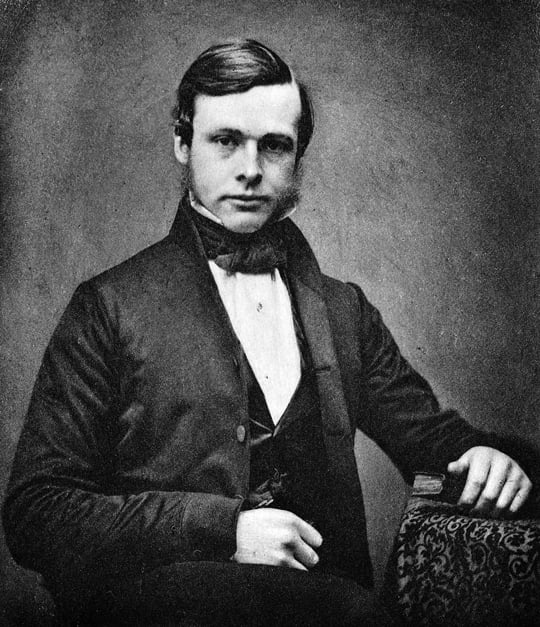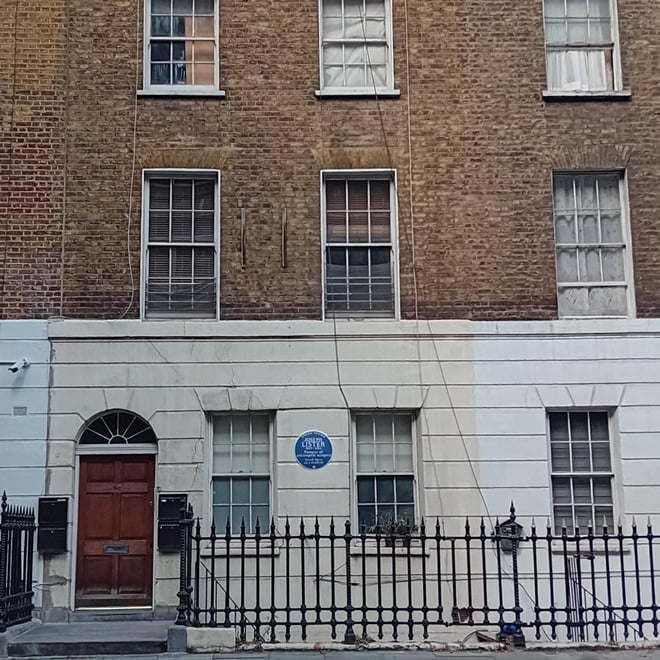11/09/2024
Have you seen this plaque? English Heritage calls on public to help find 'lost' London plaques
- Pioneer of antiseptic surgery, Joseph Lister, to receive replacement for missing plaque
- Around 50 London plaques have been lost to demolition since 1866
As many as 50 blue plaques have been categorised as missing from across the London-wide scheme.
A prestigious symbol of recognition to some of the most influential figures in history, English Heritage is now calling on the public to help uncover information which could lead to the return of lost plaques, if they survive.
The appeal comes as we announce a new plaque to surgeon, Joseph Lister, whose original plaque disappeared (for the second time) during building work in 2017.
Plaques that are no longer installed on a building may have been lost due to war damage, demolition or during refurbishments.
We are keen to see any survivals returned so they can be conserved and even re-installed at an alternative address if any can be found.
Most of the 'lost' plaques date from the time when the London County Council ran the scheme, and will bear that name on them, or the initials 'LCC'.
And most are ceramic roundels – like the plaques of today – but may be blue, brown or terracotta in colour.
English Heritage Curatorial Director, Matt Thompson, said, 'These lost plaques are still part of the story that the London blue plaques scheme has been dedicated to telling for the past 158 years. The story, not just of London, but of the breadth of human endeavour.
'Whether they are on a building for all to see or safely in our stores along with others already returned to us, each plaque documents the history of what is arguably the oldest commemorative scheme in the world.
'That is why we would like to find out if any of the 'lost' plaques survive and why I’m so delighted that one of the pioneers of modern surgery, Joseph Lister, gets another chance to be commemorated.'
The very first blue plaque was awarded to the poet Lord Byron in 1867, but his house in Holles Street, near Cavendish Square, was demolished in 1889 and his plaque was lost with it.
Other lost plaques include:
- painter Sir David Wilkie (lost 1931)
- novelist Henry Handel Richardson (1963)
- artist William Hogarth (1920s)
- Strype Street, home of the historian and biographer John Strype (by 2005)
- naturalist Francis Trevelyan Buckland (1961)
- astronomer Francis Baily (1952)
- poet John Milton (1901)
- composer Arthur Sullivan (1964)
- engraver Charles Turner (1990s)

Joseph Lister was originally commemorated by the London County Council at 12 Park Crescent in Marylebone in 1915.
The crescent was rebuilt in facsimile after war damage in 1960 and a new plaque was commissioned; however, the original rectangular bronze tablet turned up after an appeal in The Lancet, and was re-erected in 1966, where it remained for 51 years.
Sadly, the disappearance of this plaque for a second time – after building work in 2017 – appears to be permanent.

Research by English Heritage found that there was a completely authentic London home of Joseph Lister's still surviving from an early part of his life, and the new plaque will mark this address, at 52 Maple Street (formerly 28 London Street), Fitzrovia.
This four-storey Grade II-listed terraced house, built in the late 1700s, lies within direct sight of University College hospital and Lister is recorded at this address in the UCL student register for 1844.
On 2 April that year, he wrote to his mother to say he was 'pretty much settled in here' and anticipating 'a pleasant residence'.
- Members of the public with any information on missing plaques should contact missingplaques@english-heritage.org.uk.
- The English Heritage London Blue Plaques scheme is generously supported by David Pearl and members of the public.